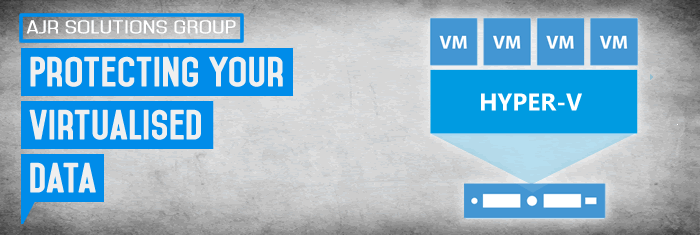In the technology world more businesses are converting their physical infrastructures over to virtualised setups. Virtualisation has many plus benefits that benefit businesses of all sizes.
But, even with all the advances of virtualization there is still a need to back-up the data. In this article AJR will explain about Protecting Your Virtualised Data, and some of the biggest challenges faced when backing up virtualised servers and data.
Before we go into detail, it is important to understand what data virtualisation is. Basically, this is the practice of moving data that is stored on a local computer and moving it to another computer like a server. This has many benefits which include a central place to store data and back it up, a reduction in replication.
Before the popularity of virtualisation businesses had to worry about the possibility of backing up millions of files that are stored on servers. However, now they face the prospect of backing up billions of files. Unfortunately, using traditional backup means is not viable for backing up this amount of files. You will want to make sure that the backup solution you want to implement will support backing up virtualised data.
Another obstacle to backing up virtualised data is the issue of server growth. Building and deploying servers is very easy in a virtualized environment and it is easy to decide to build a new server for any app or role that needs to be implemented. This means that your backup solution needs to also support handling new servers on the network, and be flexible enough to easily add a new server.
When you start implementing virtualisation in your environment, there is a good chance that your user expectations will also increase. Their lack of understanding of the technology will make many assume that this new system will be better and more robust, therefore it is capable of handling anything they throw at it. Therefore, you want to make sure your backup solution is powerful and robust enough to handle this new technology. You will also want to make sure that your system can recover rapidly because they will have the expectation that virtualisation means reduced downtime and rapid recovery.
Virtualisation is the wave of the future for IT. It has so many benefits that cannot be ignored. These include rapid deployment, central management, reduced physical footprint, reduced energy consumption, making IT more cost effective and many other benefits. But, you need to make sure that you are able to protect this new infrastructure and the data it holds. Otherwise, you are just asking for trouble if a negative situation arises.


